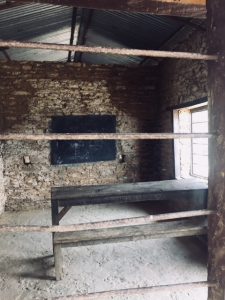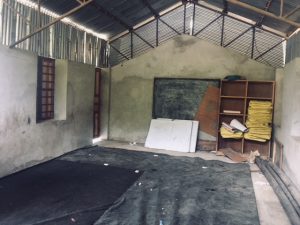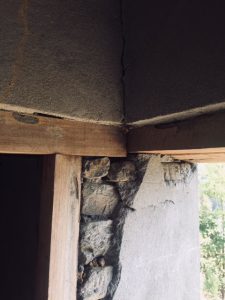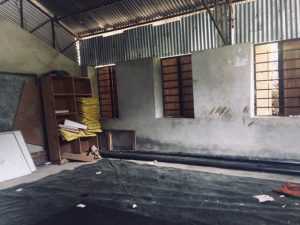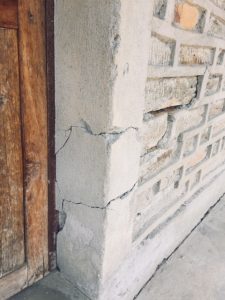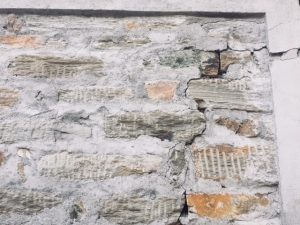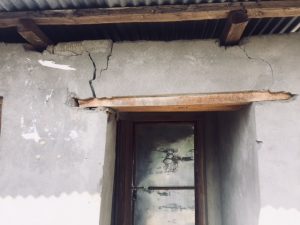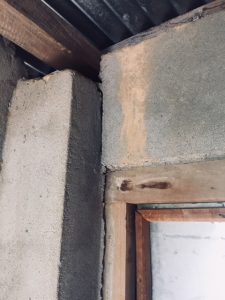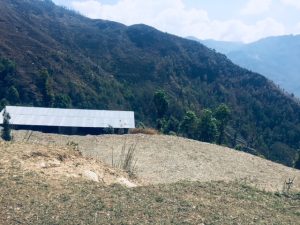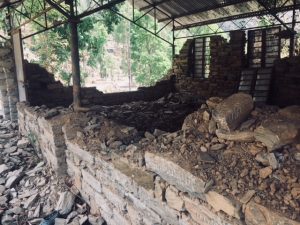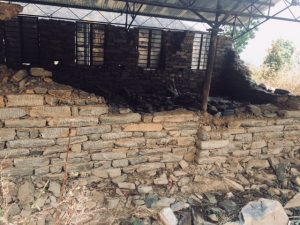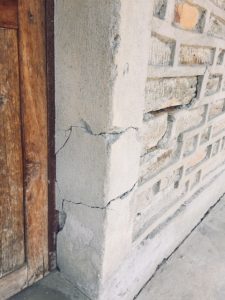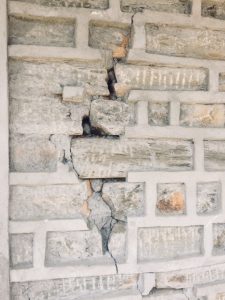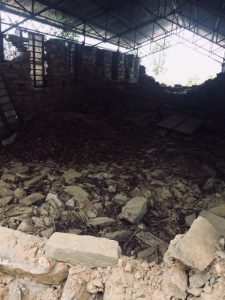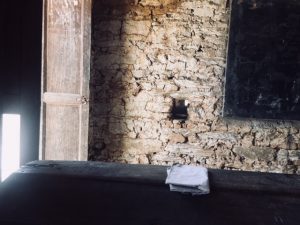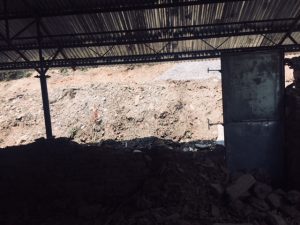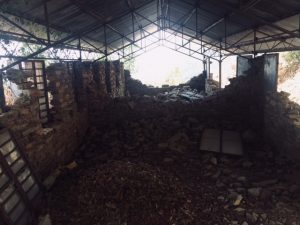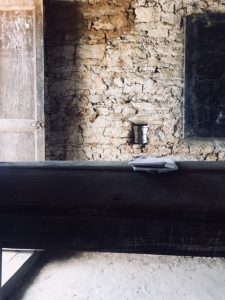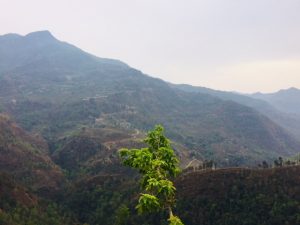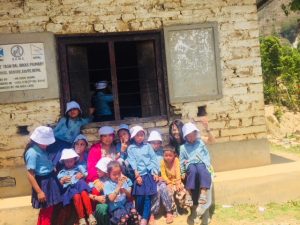The school
We selected the Shree Tashi Bikas Primary School in Nangre as a first milestone on our long way. The idyllic school is located in the small village of Nangre in the Kavre region of the Himalaya, which is about 10 hours by car from Kathmandu.
The entire complex currently includes three school buildings, all of which are deeply damaged. The former fourth school building was completely destroyed by the earthquake.
The existing school buildings were built in different times. The edifice that is in the best state dates back to 1991, while the other two complexes are older. The classrooms were not designed according to a stringent structural plan. They differ in floor plan and size and they seem somewhat untypical for our usual idea of an education space.
A total of five teachers are employed in the school, three of whom work for the government and the other two are private employees. The Shree Tashi School teaches kids from five to fifteen years old, in levels going from first to the seventh grade. The number of students for each class is quite restricted. Often only 3 – 4 students take part in the lessons.
Classrooms have different structures and dimensions. However, none of them resemble in any way those we are used to seeing in Western countries. The rooms are not screened from noises and there is no real demarcation line between the classrooms. This lack of soundproofing, and the presence of big holes in the walls that open views onto adjacent classrooms, severely hinder the concentration of the students and teachers, making the educational process very hard to carry out.
The complex also houses a separate toilet building, which is harshly damaged and therefore would be better to be demolished and entirely rebuilt than simply restored. Since 2015 a second toilet is in construction, but it is still not yet usable. This second toilet, although newer, gives the impression of being quite provisional. It seems as if it has been constructed only with the purpose of serving as a substitute in case the old toilet definitely collapses.
The fourth building in the complex is the largest one in the educational area and it has been entirely demolished by the earthquake. Actually, nothing is visible of the old structure but a large pile of fragments, ash, and dust between growing grass and garbage. The only element still standing is the roof, paradoxically protecting the wreckage from the weather´s variations.

